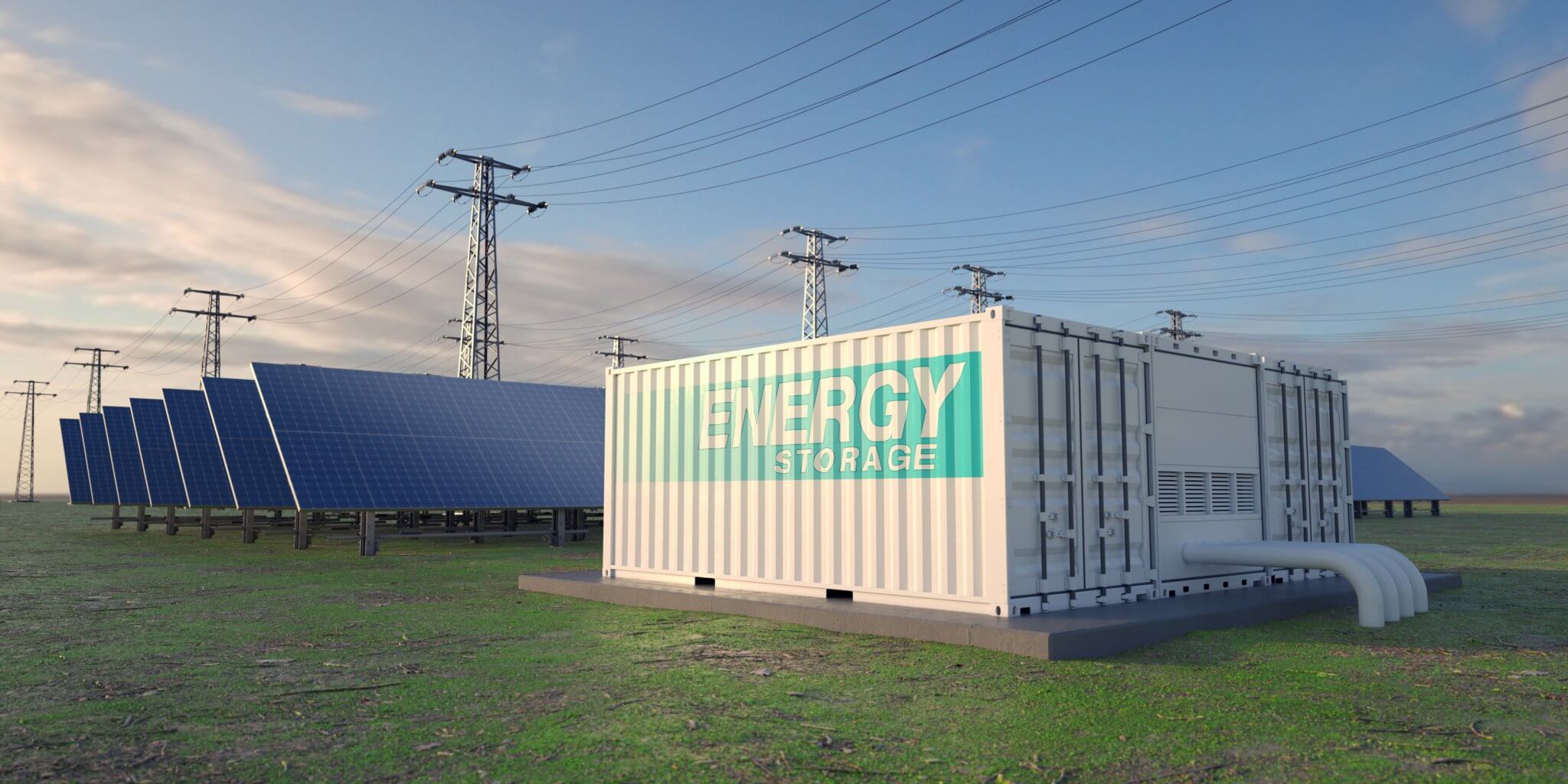Solar, Storage, and other S-Words
Success Happens In Time
When it comes to the historical discovery of electricity, the general public’s narrative belief is that on a dark, stormy night, Benjamin Franklin was so dispirited from his boredom that he decided to fly a kite out of his window to see if he could get a lightning bolt to strike it. Although this questioningly dangerous key and kite experiment might sound more like a drinking game of its time, it has been accredited as the discovery of electricity. To this day, this breakthrough has been reaffirmed by symbolizing electricity with a lightning bolt icon. Benjamin Franklin’s discovery can be seen as breakthrough fallacy, suggesting that we overestimate the memorable and monumental occasion towards creation of the electrical system. However, it was only one inflection point in the slow and arduous process that inspired change and transition to the production and use of electrical system’s reality of today.
Change is gradual, measured in decades and not moments. Benjamin Franklin’s discovery inspired other monumental breakthroughs throughout history. Alessandro Volta soaked paper in salt water, placed zinc and copper on opposite sides of the paper, and observed the chemical reaction produce an electric current—the first battery! Michael Faraday discovered electro-magnetic induction by passing a magnet through a copper coil. Thomas Edison used an ordinary cotton thread that had been soaked in carbon in hopes of creating a slow burning filament and discovered incandescence. Nikola Tesla discovered the rotating magnetic field and created the alternating current electrical system. There is not one singular breakthrough that finalized the use of electricity. Instead, it was a steady line of innovation, each building on the last. The electrical system that we know today has seen constant development, some obvious and consciously impactful, others subtle and unnoticeable. Many years after the discovery of electricity and the creation of the first battery, the demands of the electric grid are changing more than ever. This era will be remembered as the renewable energy breakthrough, as solar, storage, wind, geothermal, hydro, and other renewable resources revolutionize the dynamic of the electric grid.
Storage Hits Its Trend
In recent years, the push for renewable energy has been strong, and the momentum isn’t slowing down anytime soon. With legislative pushes and increasing grid demands, developers have been working diligently to expand the renewable energy sector. To account for the changing constraints of the electric grid, influenced by solar energy production and peak demand times, energy storage has stepped up to the plate.
Battery energy storage is a relatively new player in the energy sector, but the utility scale storage capacity is rapidly increasing. Starting with just 2 gigawatts (GW) globally in 2015, grid battery storage capacity reached 17 GW in 2020 and is projected to hit 585 GW globally by 2030, according to the IEA.

Figure 1: Global Energy Storage Capacity [1]
This aggressive trend has led to both competition and opportunity for developers and utilities. Utilities are moving to maximize efficiency in the electrical system and continue to mitigate risk and allow for long-term success with competitive RFP’s, policy changes, increased incentives, and updated storage goals.
The high demand for energy storage has caused project development to become very competitive. This has created a perception that every opportunity must be pursued and exploited to its full potential. However, such fast-paced development leaves room for error, exposing energy storage project development volatility through inundated processes and oversaturated interconnection queues. Despite the hurdles, good competition is not only essential to energy storage penetration, but it also promotes the evolution of the electric grid.
Supply Has Instigated Tension
Meeting aggressive energy storage goals presents challenges that must be overcome. Supply chain disruptions are affecting nearly every industry, but the rapid projection of growth in the energy storage sector presents additional concerns. Costs of battery and utility equipment manufacturing have been steadily increasing. We must work to overcome supply concerns by continually evaluating innovative technologies for renewable energy and energy storage solutions.
Science Helps Innovate Technology
Innovative technologies are a critical factor in the evolution towards next generation energy storage. Operational requirements are continuously changing and are often defined differently throughout various energy markets. Through scientific research and testing, technology suppliers have increased the optionality of energy storage system components to allow for a more robust inventory to meet the specified parameters of multiple energy markets, including heightened safety, increased capacity, longer duration, higher efficiency, and decreased degradation.
Storage Harmonization Intrinsically Tuned
Energy will continue to be an ever-changing constant as we progress towards a more sustainable future. It’s time to get our S-words together as we create the next monumental breakthrough in the electricity narrative with renewable energy storage Charging the way.
Headwinds and tailwinds of energy storage market growth will be a topic of discussion during a featured panel at American Clean Power’s May 16 – 18 CLEANPOWER 2022 Conference and Exhibition in San Antonio. Industry experts will discuss medium-term drivers of energy storage deployment in the U.S. and how market opportunities will change over the next decade. Visit cleanpower.org/expo to learn more.
Continuing the tradition inherited from its merger with the Energy Storage Association earlier this year, ACP’s Energy Storage Policy Forum in Washington, DC on June 22 will convene a select audience of stakeholders from across the energy ecosystem to discuss a range of topics within the energy storage market. Attendees can expect a full day policy dialogues and networking with leading federal and state officials and key agency and RTO/ISO executives who are building the foundation of the U.S. energy storage market. Learn more at: https://cleanpower.org/energy-storage-policy-forum/
This is a guest blog post from ACP member Ormat. To learn more information on how to become an ACP member, please visit our membership page.
__________

